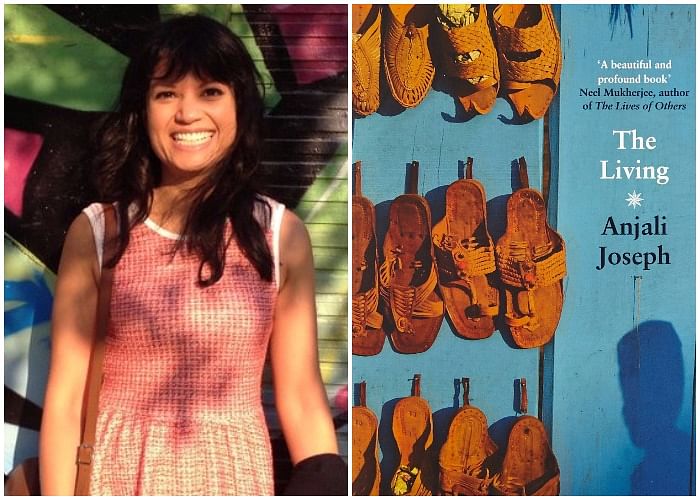The Living’ narrates stories of two lives in different ends of the world, tied together in a novel by ‘shoes.’
Anjali Joseph weaves a sense of comfort and nostalgia in her writing, which is balanced out by witty nuances. ‘The Living’ narrates stories of two lives in different ends of the world, tied together in a novel by ‘shoes.’
Claire is a single mother who works in a shoe factory in Norwich, while Arun is a 67 year old grandfather who makes chappals in Kohlapur. Their lives never meet through the course of the story but both chart similar ways of living. They rarely ever control the direction of their life, instead life seems to happen to them. The ordinariness of the way they live must not perceived in a simplistic manner. The complexity of story surfaces in the characters reactions to ageing and relationships. These characters, amorphous as they are, will probably puzzle the reader as much as they puzzle themselves. It is in putting the pieces together that the novel unfurls.
Claire’s shuffles her time between working at the factory and playing her part as the a mother, inhabiting multiple roles simultaneously. The author brings to light the confusion, notoriety and comfort that come with these intimate encounters and the reader can see Claire embrace herself more comfortably through the journey. The characters around her, the different men in her life, solidify her desire for rekindling desires, even though her surroundings fade into generic oblivion.
Joseph shows many shades of familial relations through both Claire’s and Arun’s lives. It exposes the human paradox of seeking what one cannot get. As Claire matures, she focuses on nurturing more mutual relationships as opposed to one sided ones. There is silent plea for reciprocity grounded in the author’s narrative. With Arun’s character, Joseph exhibits the plight of a man who becomes deeply bitter on realising that the age caught up with him and that there weren’t many opportunities lying ahead for him.
“Was it acceptance of my death…a loss of control, then death itself that made me feel like this? Or something else- the loss of the man I might have been, the man I had always reserved the possibility of becoming?,” he asks himself. It is a narrative of loss, of memorisation and most importantly of nostalgia. Arun graps through age at the threads of identity that make him ‘who he was.’
His question captures the essence of Joseph’s novel and compels the reader to reflect back their own life. There is conscious attempt on Joseph’s part to undo grand narratives reminding her audience that it is the moments that count in the end.
This book is shortlisted for the DSC Prize for South Asian Literature, 2017 whose winner is to be announced 18 November, 2017.
Read reviews of other books shortlisted for the prize:
